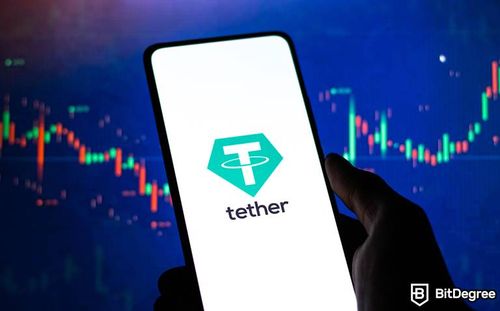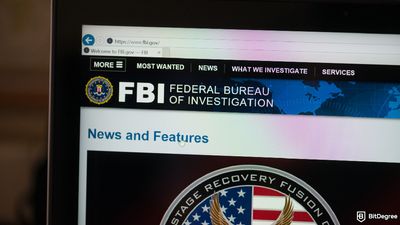Tether has, once again, found itself on the defensive over allegations of opaque financial dealings.
March 3rd, the Wall Street Journal (WSJ) report accused stablecoin issuer Tether of illegal financial dealings. It claimed that companies backing Tether stablecoin USDT falsified documents and created shell companies to embed themselves in the global financial system.
Emails reportedly obtained by the WSJ show that Tether went to extraordinary lengths to maintain ties to the global financial system.

Did you know?
Want to get smarter & wealthier with crypto?
Subscribe - We publish new crypto explainer videos every week!
What Are Crypto Rollups? ZKSnarks vs Optimistic Rollups (ANIMATED)


In one email, one of the owners of Tether Holdings Ltd., Stephen Moore, admitted that a Chinese firm attempted to “circumvent the banking system by providing fake sales invoices and contracts for each deposit and withdrawal.” The company then decided to drop the backer due to the regulatory risk they posed.
The report also claimed Tether had worked with questionable third parties, which had “connections to a designated terrorist organization.” On top of that WSJ report claimed that Tether was under investigation by the US Department of Justice.
On Twitter, the Tether CEO, Paolo Ardoino, said the WSJ claims were full of “misinformation and inaccuracies.”
In a detailed response, Tether stated that the claims in the WSJ report were “stale allegations.” It added that they were “wholly inaccurate and misleading.” According to Tether:
Bitfinex and Tether have world-class compliance programs and adhere to applicable Anti-Money Laundering, Know Your Customer, and Counter-Terrorist Financing legal requirements.
Tether claimed the report aims to create fear, uncertainty, and doubt (FUD) and called it an “unfair attack” on them.
It is not the first time Tether had to explain itself. At the beginning of February, the company's CTO Paolo Ardoino denied allegations that Tether had borrowed funds from bankrupt crypto lender Celsius.






















